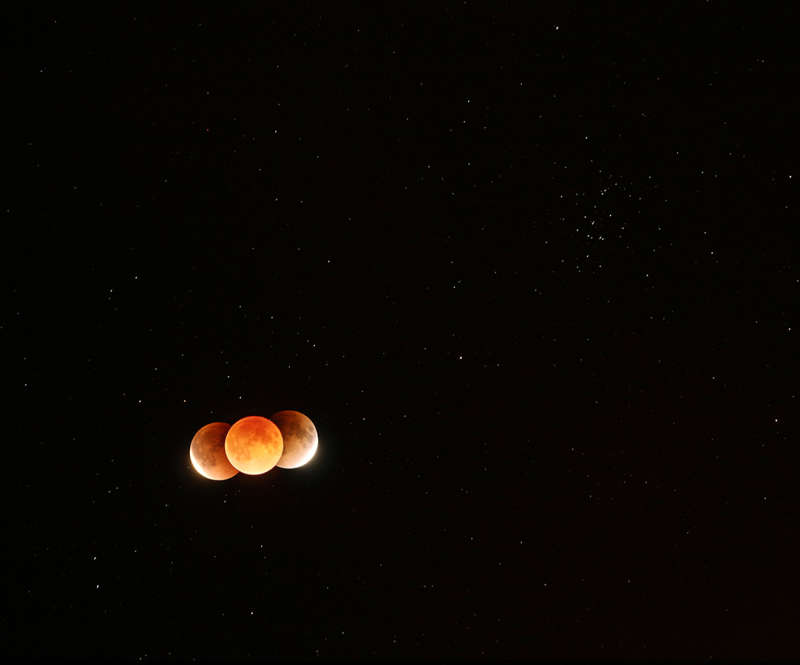
|
Credit & Copyright: Tunç Tezel
(TWAN)
Explanation:
The Earth's dark umbral shadow is shaped like a cone
extending into space.
Of course its
circular cross section
at the distance of the Moon is
more easily seen during a lunar eclipse.
In fact, in this composite telephoto image from Earth's night side
on
January 31, the Earth's shadow has taken on a reddish tinge.
The extent
of the shadow along the lunar orbit
is illustrated by aligning three frames taken just before the
start, near the middle of, and just after the end of the total eclipse
phase that lasted about 76 minutes.
At the upper right and more easily seen during the eclipse's darker
total phase is M44, one of the closest large star clusters.
A mere 600 light-years away, M44 is also known as the Praesepe or the
Beehive Cluster.
|
January February March April May June July August September October November December |
| ||||||||||||||||||||||||||||||||||||||||||||||||
NASA Web Site Statements, Warnings, and Disclaimers
NASA Official: Jay Norris. Specific rights apply.
A service of: LHEA at NASA / GSFC
& Michigan Tech. U.
Based on Astronomy Picture
Of the Day
Publications with keywords: lunar eclipse
Publications with words: lunar eclipse
See also:
